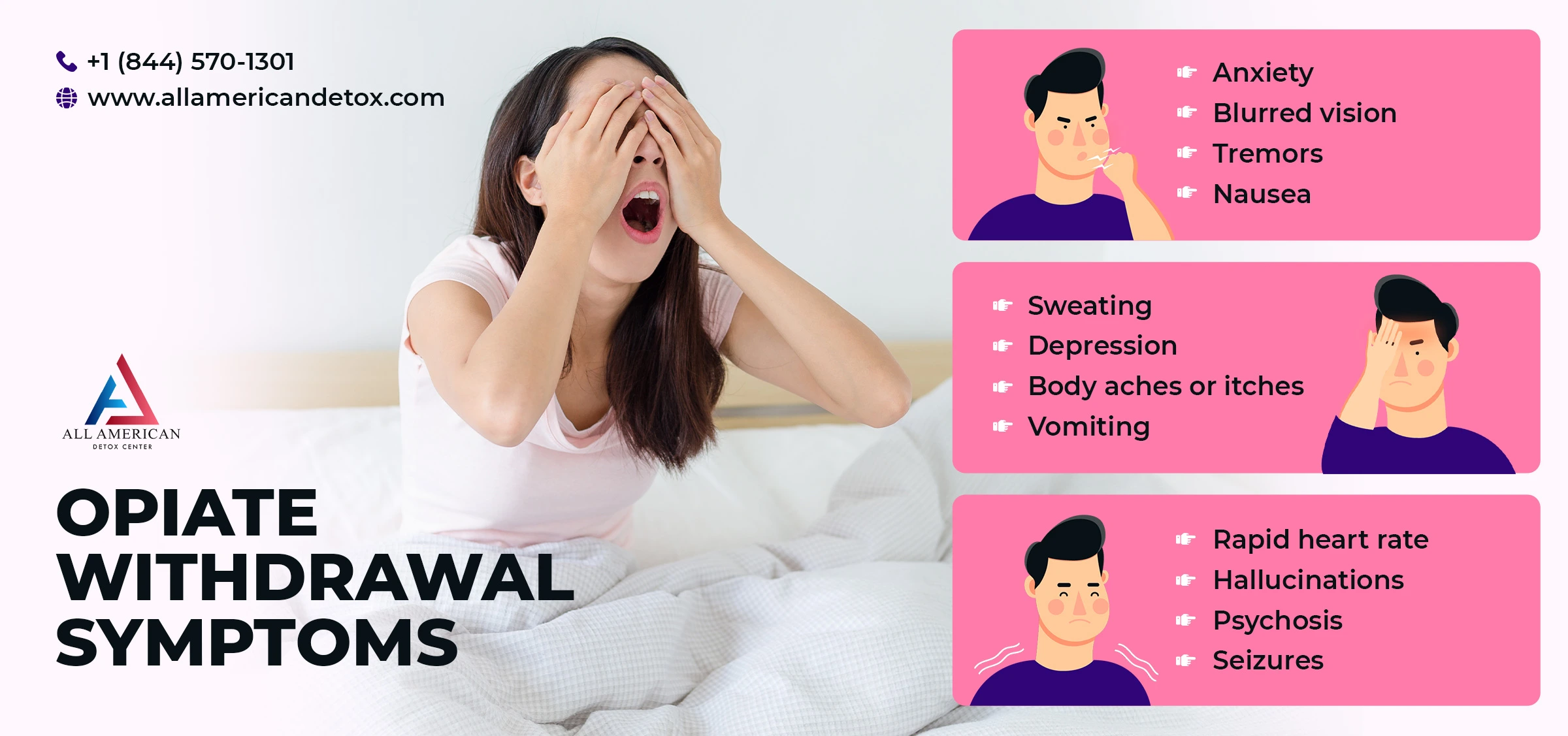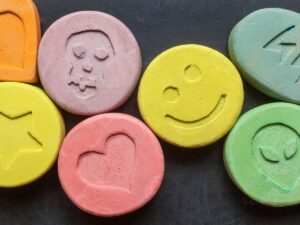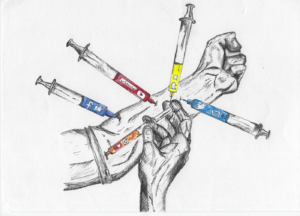Opiate Withdrawal Symptoms
The Opiate withdrawal condition can be extremely life-threatening, especially if they are not treated immediately. The more time passes, the more severe the condition gets. This happens when a user is addicted or dependent on opiates on a daily basis and hasn’t had another dosage of opiate in a long time. Take a closer look at opiates withdrawal symptoms, how it work, their causes, their symptoms, and how to treat this condition.
How Do Opiates Work?
Opiates are a pain-relieving drug that also has many other properties, including feelings of euphoria. It’s this feeling of calm and pleasure that makes people want to take it again and again, leading to addiction. It works by getting into the bloodstream, after which it will quickly reach your brain and bind itself to the opioid receptors in the neurons of your brain and it alters the chemicals inside your brain, giving the user the feeling of euphoria.
Causes of Opiate Withdrawal
The cause of Opiate withdrawal symptoms is the dependency of a user on opiates. Most people begin to take opiate or opioid-based medication as means of controlling their pain levels. In a 2018 survey, 11.4 million people in the US reported the use of opiate or opioid-based pain relievers without a prescription and how the dependency on the drug begins. Once the dependency is fully manifested, the user won’t be able to spend a single day without this drug and will begin to show opiate symptoms if they go without taking this medication for a long period.
Opiate Withdrawal Symptoms

Opiate withdrawal symptoms begin to manifest when an opiate addict goes without taking opiates for a while. Here are some of the major opiate withdrawal symptoms.
- Anxiety
- Blurred vision and/or lightheadedness
- Tremors
- Nausea
- Sweating and/or high body temperature
- Depression
- Body aches or itches
- Vomiting
- Tingling sensation or swelling in arms, legs, or feet.
- Chest pain, tightness of the chest, or back pain.
- Irritability
- Rapid heart rate
- Hallucinations
- Psychosis
- Dizziness, nervousness, or pounding in the ears
- Sunken eyes, sore throat, ulcers
- Paranoia and/or illusions
- Seizures
While some of the symptoms may not seem that bad, other symptoms such as hallucinations or seizures can be extremely dangerous. In such cases, it’s recommended that you take the user to a detox center as soon as possible. Time is of the essence here and so go to the addiction center that’s the closest to you.
Opiate Withdrawal Symptoms Timeline
Here’s a general timeline of what happens when opiate withdrawal symptoms begin to manifest.
- First 6 Hours
After the first 6 hours without a single opiate dosage, the first opiate withdrawal symptoms begin to manifest such as anxiety, dizziness, rapid heart rate, tingling sensations, etc.
- 12 To 24 Hours
Within the period of 12 to 24 hours, serious symptoms such as tremors, sweating, high body temperature, and even hallucinations, among other symptoms may begin to manifest. This could trigger the user to believe that they are hearing a voice or someone’s calling them or may see things or people who are not really there. In such a state, psychosis may also begin to manifest and they could be in danger to themselves or anyone who’s around them. So, it’s important that they stay confined at an addiction center where they will be looked after and taken care of. It’s for their own safety as well as the safety of others.
- 24 To 48 Hours
At this stage, their opiate withdrawal symptoms will be at their peak. Symptoms such as upset stomach, vomiting, headache, dizziness, hallucination, nausea, and paranoia among others will be at their worst. Comfort, rest, and constant surveillance are necessary to monitor the condition of the patient. Only medical detox centers are capable of handling such situations.
- 48 To 72 Hours
After the passage of 2 days, some of the opiate symptoms will begin to go away such as hallucinations and psychosis, but tremors, tingling sensation, anxiety, and fatigue, among others may still remain. The user should be out of any major symptoms at this point.
- 100+ Hours
After about 100 hours, almost all of the symptoms will disappear and those that still remain will also begin to slowly disappear.
Opiate Treatment Center in Los Angeles

The most recommended treatment is to get the addicted user admitted to Opiate treatment programs at reputed institutes such as All American Drug Detox Center. This institute comes highly recommended and they both offer opiate treatment and alcohol detox treatment programs, among many other drug treatment programs. If you still have doubts or want to keep the treatment completely discrete, that is possible as well. Just make a call to the All American Drug Detox Center and clear all your doubts. You can just make a call to our hotline number i.e., +1 (844) 570-1301.
Wrapping Up
While the opiate symptoms can look quite horrendous, its withdrawal symptoms are even worse and things could get a lot more extreme when an addict goes through withdrawal symptoms. The best one can do is get them admitted to a rehab center.





